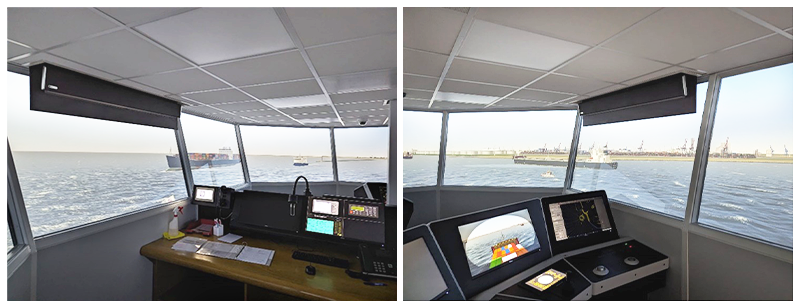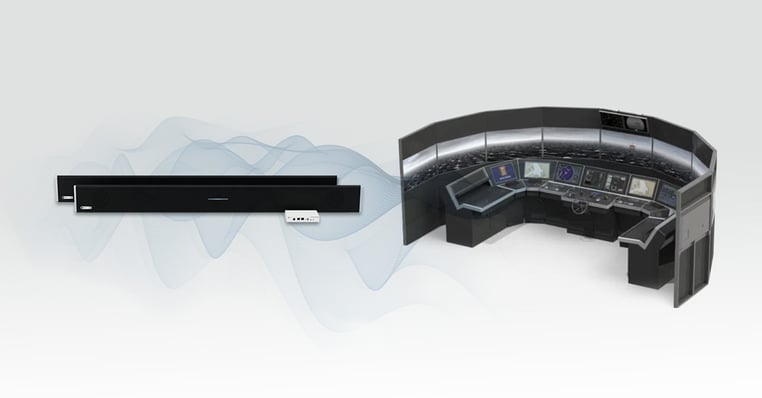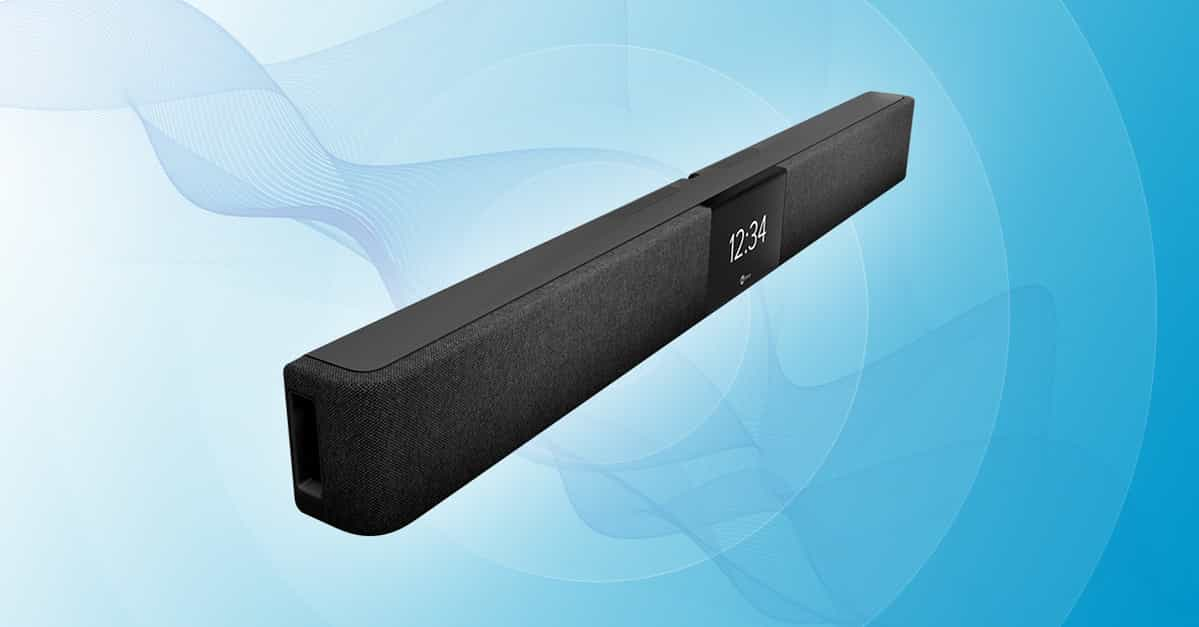- Instructors needed to hear students as they moved around simulator spaces.
- Background “engine” noises were also a concern.
- After researching multiple solutions, staff chose Nureva® audio.
The story of Maritime Institute Willem Barentsz and MSTC
Located in the Netherlands, the Maritime Institute Willem Barentsz collaborates with the Maritime Simulator Trainings Centrum (MSTC) to provide nautical simulation education and training. The MSTC is the only maritime center in the world where sailing time can be gained through intensive training on a simulator.
The audio challenge
In the MSTC bridge simulation environment, students move about the space to perform various tasks. Audio needs to be fed to the lecturer at the instructor station and to a CCTV system that records sessions for playback to the students during debriefing sessions.
Initially, the audio was handled by an array of XLR microphones that only provided live feedback to the instructor station. Later, it was switched to a stationary microphone connected directly to the CCTV camera system. This system did not provide adequate pickup as the students moved about the space. Also, there were issues with too much background noise (engine sounds, etc.) in the audio feed.
How Nureva solved it
Staff members did online research of multiple microphone systems. They then contacted Comcross, a meeting room technology supplier, for additional information. Comcross provided MSTC with a demo of Nureva’s HDL300 audio conferencing system for large rooms. After the initial trial they decided to install a Dual HDL300 system for extra-large spaces. This installation also led MSTC to do a trial of the HDL200 system for their medium-sized bridge spaces.
Whether in a meeting room, classroom or nautical simulator, all Nureva products use patented Microphone Mist™ technology to provide full-room coverage so talkers can be heard no matter where they move in a space. The technology also significantly reduces the effect of background noises through position-based gain control as well as Intelligent Sound Targeting, which identifies persistent unwanted sounds (such as engines) and simply stops picking them up.
Editor’s note: This post was originally published May 2023 and has been updated.




















